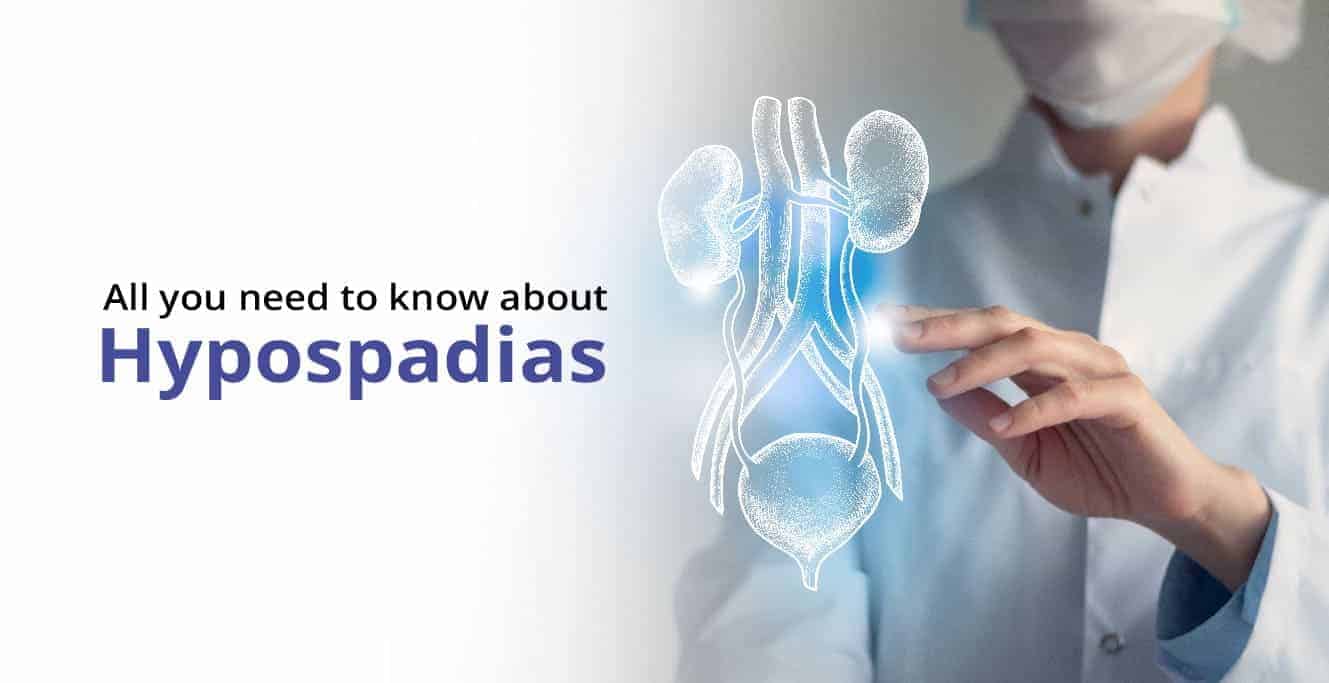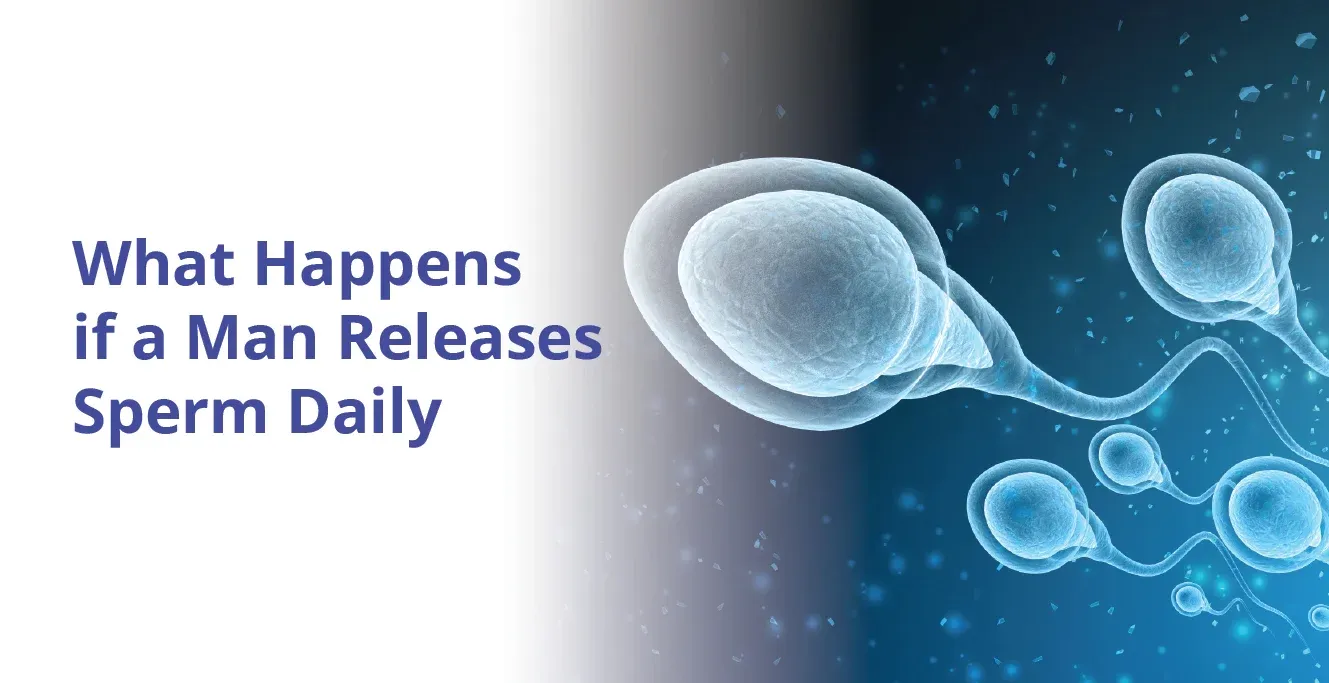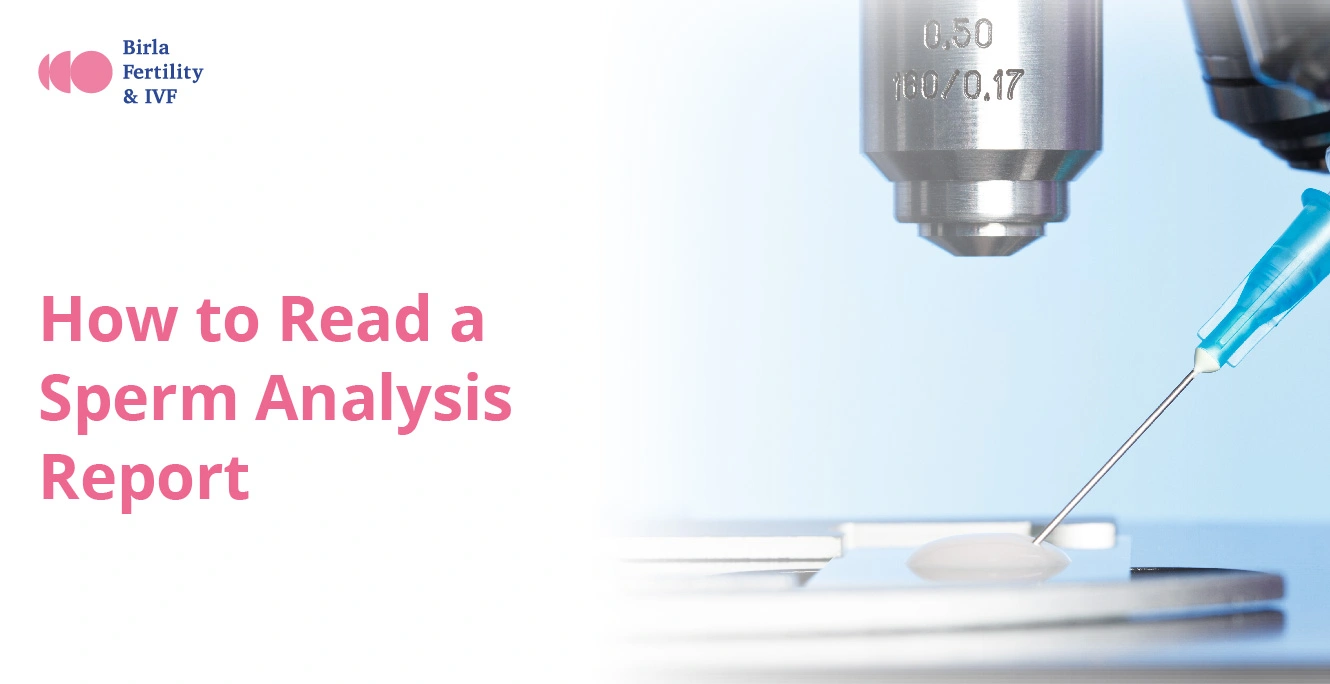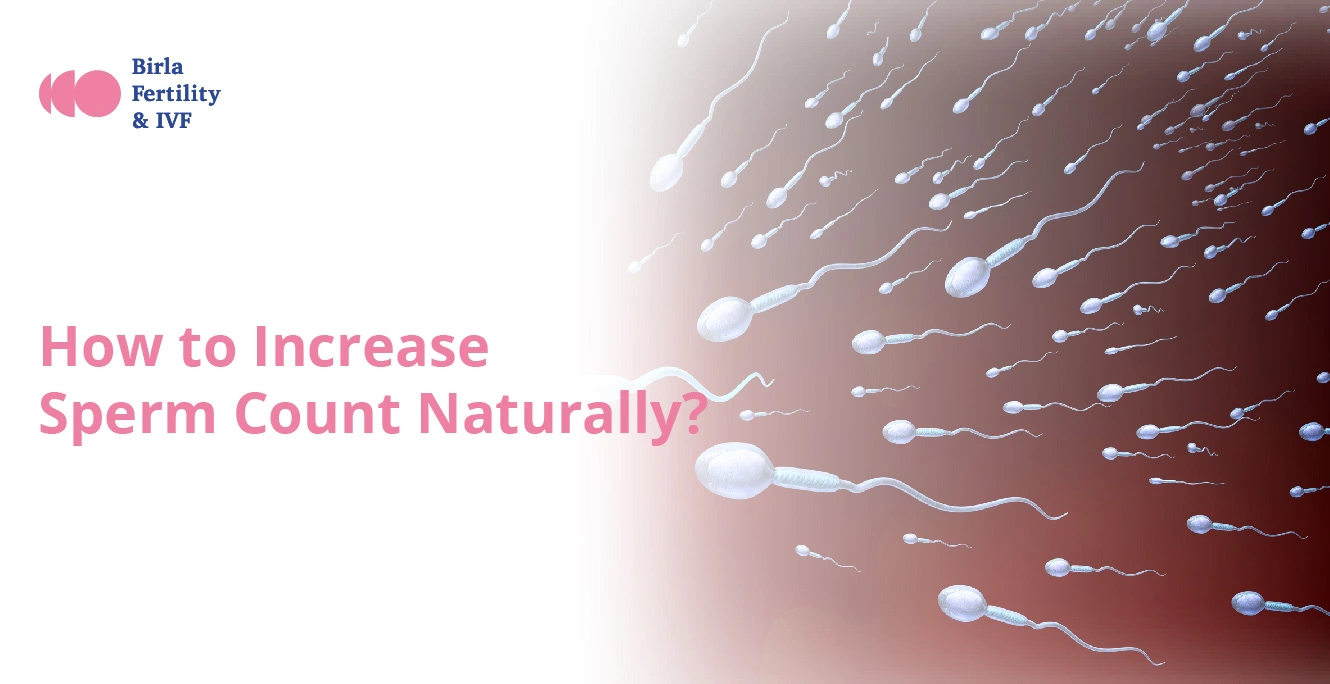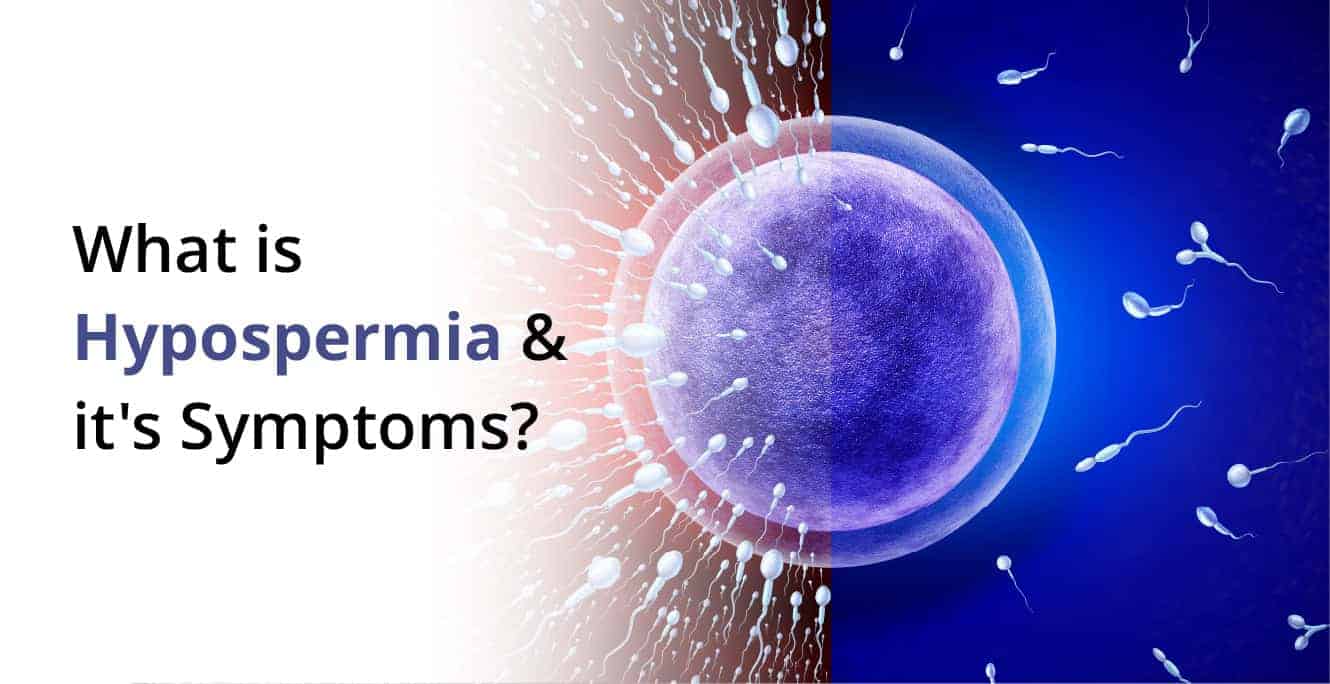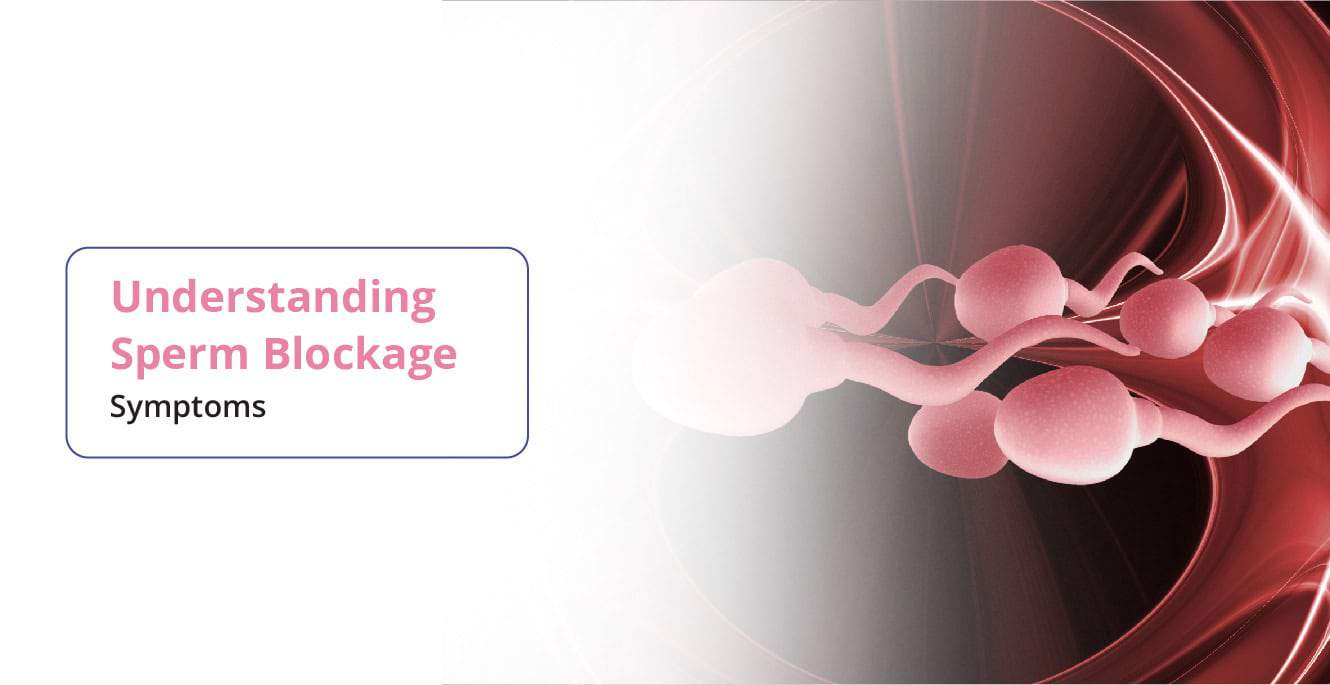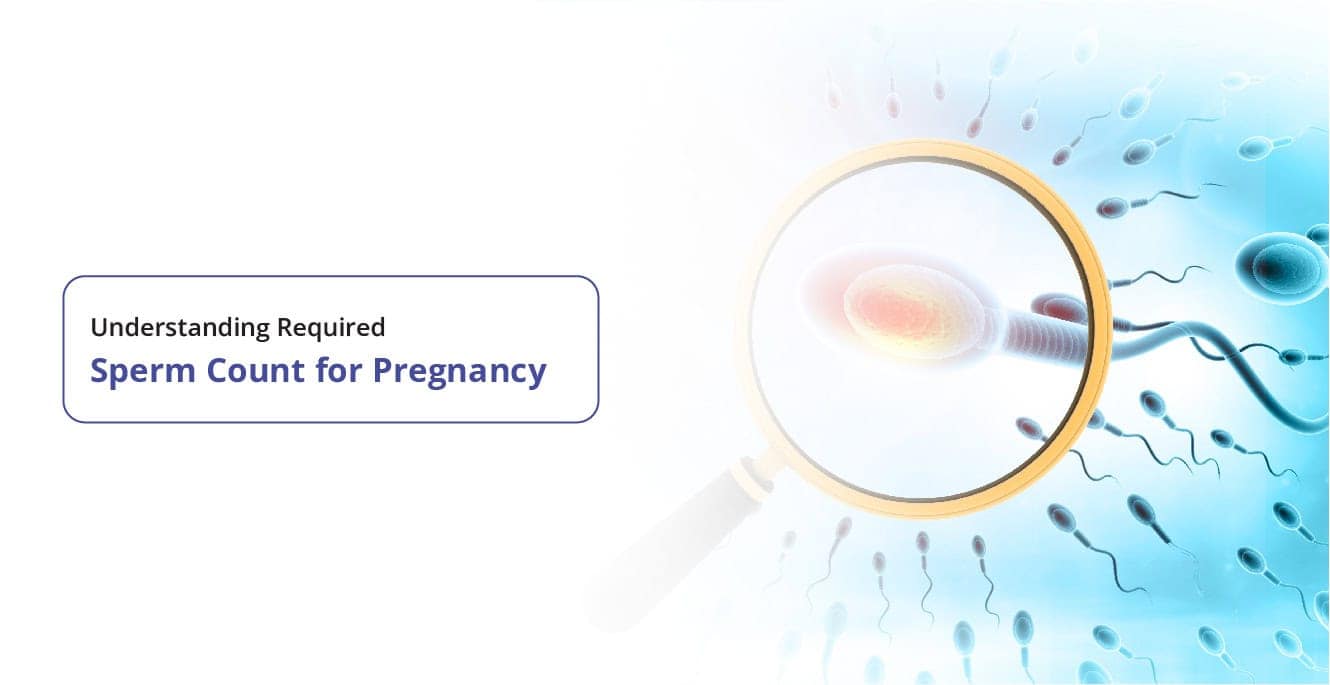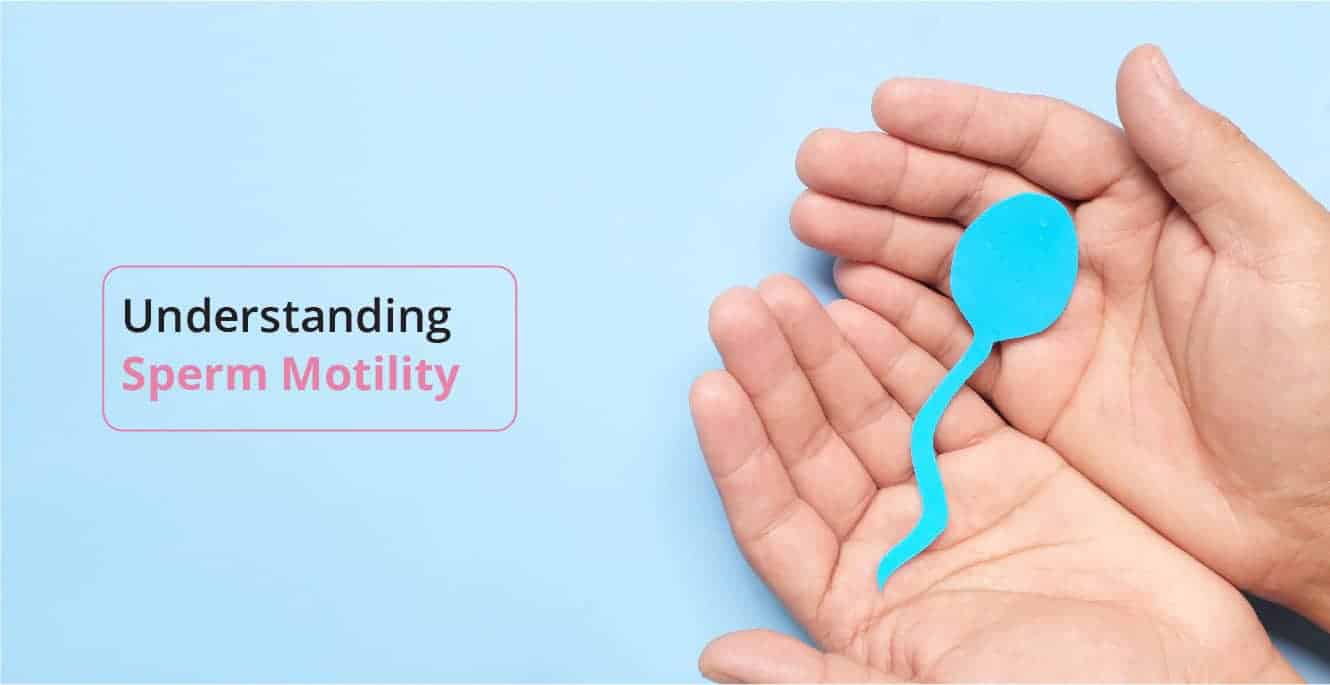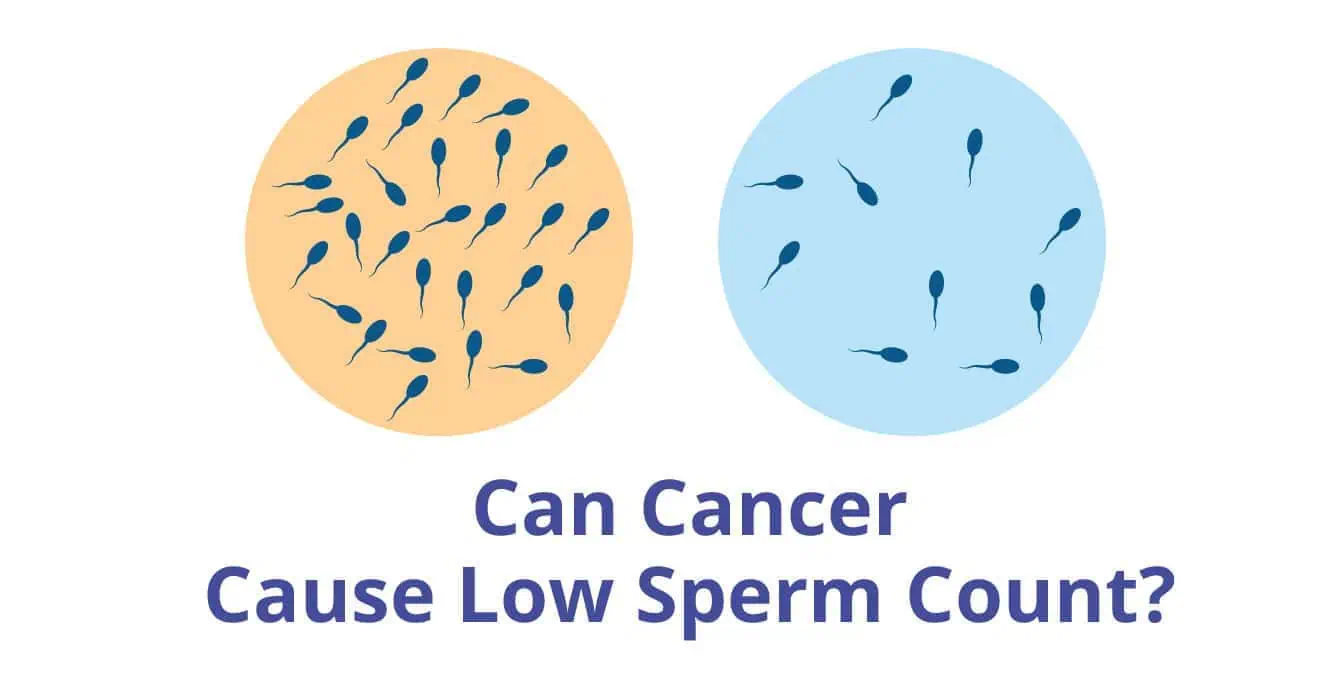The main functions of a male penis are to bring urine and sperm out of the body. The urethra is a tube-like structure that passes through the penis and carries out these functions. The opening of the urethra is called meatus and is normally located at the tip of the penis.
Hypospadias is a birth deformity seen in boys where this opening is not formed at the tip of the penis but is positioned on the underside of the penis. This abnormal position of the opening sometimes can be below the tip of the penis; sometimes, it can be near the scrotum or somewhere in-between.
Left untreated, it can lead to problems like sitting while passing urine or having difficulty in sexual intercourse. But usually, hypospadias does not lead to any life-threatening situation and can be successfully corrected by surgical procedure.
Typically, having hypospadias does not necessarily mean that the urinary system or other organs will also have malformation, but sometimes, the baby may have congenital penile curvature where the penis is curved along with hypospadias symptoms.
Hypospadias causes
Experts have not been able to find the exact hypospadias causes yet. Nevertheless, hereditary, environmental, and hormonal factors are believed to result in its development.
This means that the mother’s diet during pregnancy and exposure, the environment around the mother while she is pregnant, or the medications she is taking can all influence the occurrence of hypospadias.
Genetics are believed to take part in causing hypospadias. It runs in the families. Children of individuals who had it in their childhood have slightly increased chances of getting it. If the mother is obese or over 35 years of age, the child has more chances of developing the abnormality.
Pre-pregnancy intake of hormones or taking them during pregnancy is also a risk factor. And babies of mothers who are smokers or exposed to pesticides can have an increased possibility of getting the condition.
At around the 8th week of pregnancy, the development of the penis begins in the foetus. Any abnormality in the growth of the penis occurs between the 9th to 12th week of pregnancy.
Hypospadias symptoms
Boys with a milder category of this abnormality sometimes do not show any symptoms. However, others may display the following hypospadias symptoms:
- The urethral opening is positioned on the underside of the penis; it can be either below the head, midshaft, or near the scrotum
- Babies with hypospadias symptoms can sometimes display a downward curve of the penis
- In some boys, one or both of the testis are not fully descended into the scrotum
- As the foreskin of the penis is not developed completely, the penis shows a hooded appearance
- The urine stream is not straight and shows spraying of urine during urination. Some of the children need to sit to urinate
Hypospadias types
There are four hypospadias types that are classified according to the location of the urethral opening. These include:
- Subcoronal: Also called the glandular or distal hypospadias, this is the most common type seen; in this form, the opening is found somewhere near the head of the penis
- Midshaft: The midshaft type is the one where the opening is positioned along the shaft of the penis, anywhere from the middle to the lower part of the shaft
- Penoscrotal: This type occurs when the opening of the urethra is found at the junction of the penis and scrotum
- Perineal: This is the rarest type and occurs when the scrotum is divided, and the opening is located along the central part of the scrotal sac
Diagnosing hypospadias
Hypospadias is usually diagnosed during the routine physical examination of the newborn baby boy while still in the hospital.
When your paediatrician notices this problem, he may refer you to a urologist for further management.
Hypospadias treatment and management
Neither any medicine can treat this abnormality, nor is there any possibility of your child outgrowing this condition. The abnormality can be corrected only by hypospadias surgery, typically scheduled when the child is between 6 to 12 months old, as it is safe to give your child anaesthesia at this time.
However, with technological advances, it can now be scheduled at an earlier age also. Your doctor will guide you regarding the appropriate age for your child to get the surgery done.
Goals of hypospadias surgery
The goals of hypospadias surgery are to construct a new urethra and bring the opening of the urethra at the tip of the penis, to re-build the foreskin, and rectify the shaft if it is curved. Once the procedure is over, you can take your child home.
Generally, hypospadias surgery is conducted as an outpatient procedure, and no stay is required in the hospital. However, the doctor may carry out the surgical repair in multiple stages for severe forms.
As the doctors use the foreskin for repair, children with hypospadias symptoms should not be circumcised.
How to care for your child after hypospadias surgery?
The doctor will provide instructions on how to care for your baby after hypospadias surgery at home. They will teach you how to take care of the bandages, how to bathe the child and to check for any signs of infection.
The baby will be put a small catheter to pass urine into a diaper which will stay in for up to two weeks. This is done to avoid the newly repaired area coming into contact with the urine.
The doctor will also prescribe pain killer medicines and some antibiotics for wound healing. Complete recovery may take a few weeks.
Conclusion
Hypospadias is a common congenital anomaly seen in male newborns. It is repaired through hypospadias surgery and leads to complete respite from the condition.
You can visit CK Birla Hospital if your child has this condition to get him treated successfully. The doctors here are compassionate, and patient health is their topmost priority. The hospital is equipped with modern infrastructure, and the doctors are experts in using advanced surgical techniques for quick and complete recovery.
Book an appointment at Birla Fertility & IVF with Dr. Prachi Benara to get your baby’s problem treated.
FAQs:
1. How successful is hypospadias surgery?
Hypospadias surgery is mostly successful and usually lasts a lifetime. The repaired penis is also able to adjust to the growth during puberty.
2. Is hypospadias surgery painful for babies?
Hypospadias surgery is done under general anaesthesia. The baby is asleep during the surgery and feels no pain or discomfort.
3. How long is hypospadias surgery?
Hypospadias surgery often takes anywhere from 90 minutes to 3 hours, and the baby goes home the same day. That said, in some complicated cases, the surgery is done in stages.
4. Is hypospadias repair necessary?
Yes, it is better to get the hypospadias repair done. It may result in difficulties in urination and reproduction if not corrected.


